Gyeongbokgung is one of Seoul’s most popular tourist destination for good reason. While living in Seoul we made numerous trips to this massive palace and each time we found something new and fascinating. Gyeongbokgung, whose name roughly translates to mean “The Palace Greatly Blessed by Heaven,” served as the royal palace since the first buildings were constructed in 1395.
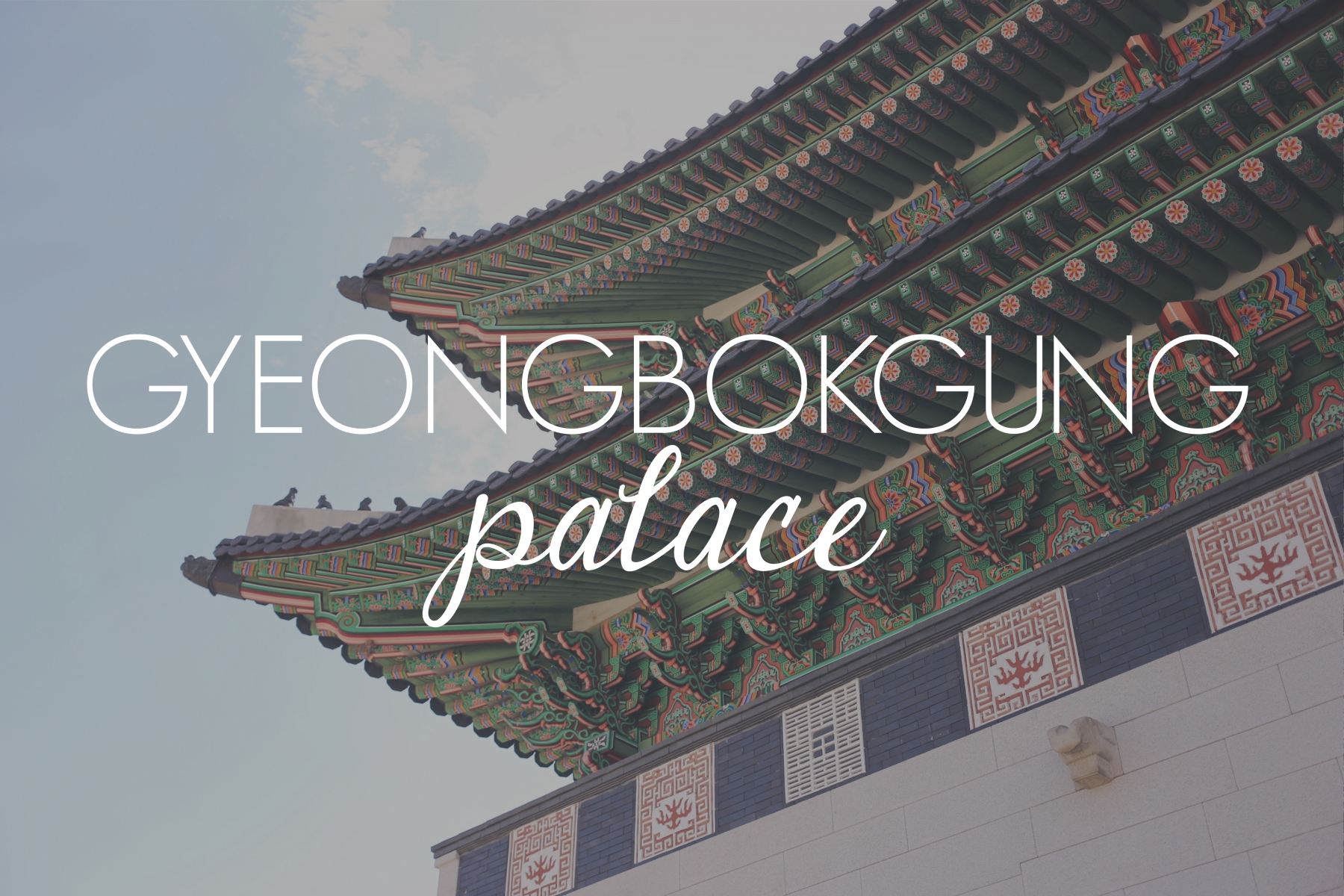
This palace’s construction began just 3 years after the capital was moved from Gaesong to Seoul, so it has served the city for virtually its entire history. When It comes to Palaces in South Korea, this one stands as the largest and certainly one of the oldest.The history of this palace- the construction, Japanese razing of the city, its reconstruction, repair, movement, damage in Korean War, repair, and renovations- all deserve more explanation than I am capable of providing. If you want to delve into that rabbit hole, links will be provided below.
Palace Grounds

Although the history easily validates a desire to explore this compound, we have found ourselves returning to its walls for other reasons. Specifically, the absolutely stunning beauty of this palace and stunning hugeness have given us new experiences and drastically different vistas on each of our trips through Gyeongbokgung’s gates. We’ve been to the main areas countless times, but only on recent trips have we delved into the northern grounds which hold some of the palace’s most stunning structures. Winding through the residential buildings and past shrines to late kings will lead you to the pavilions and ponds. These locations are not to be missed.
Arguably, there are more beautiful and more intimate palaces in the Jongno area of Seoul. There are more secluded palatial gardens and ponds and less visitors at the nearby palaces. Gyeongbokgung, however, has a size and diversity of structures that makes it a favorite. Every return to this palace has given a new perspective and reminded us why The Palace Blessed by Heaven has so many visitors. Often we try to find locations less trampled by tourists, but we have never regretted returning to this place.
Historic Recreations
Apart from the great palace, these grounds also contain two museums. The National Palace Museum of Korea and The National Folk Museum of Korea are both within Gyeongbokgung’s walls, the Palace Museum is even accessible via subway at Gyeongbokgung Station. Additionally, there are opportunities to witness royal banquet performances and learn about traditional pastes and sauces used in Korean cuisine.

The King’s Banquet, Lantern Festival 2013
Night Viewing
Recently, the tourism department has been extending summer hours, allowing visitors to experience the palace at night with dramatic lighting, necessitating a visit for night photographers looking for a unique take on this oft-photographed historical landmark. All of these attractions can easily be seen in one afternoon, and are all worth exploration. Korean history is long and interesting, but non-historians will be able to appreciate the expansive and lustrous architecture this beautiful palace holds. We have always loved the history and beauty in Seoul’s ancient buildings, and Gyeongbokgung always surprises us. We love Seoul, and this palace is arguably its soul.
Additional links:
Gyeongbokgung’s Official Website
Gyeongbokgung details, hours, events, etc.
The Five Grand Palaces – all worth a visit


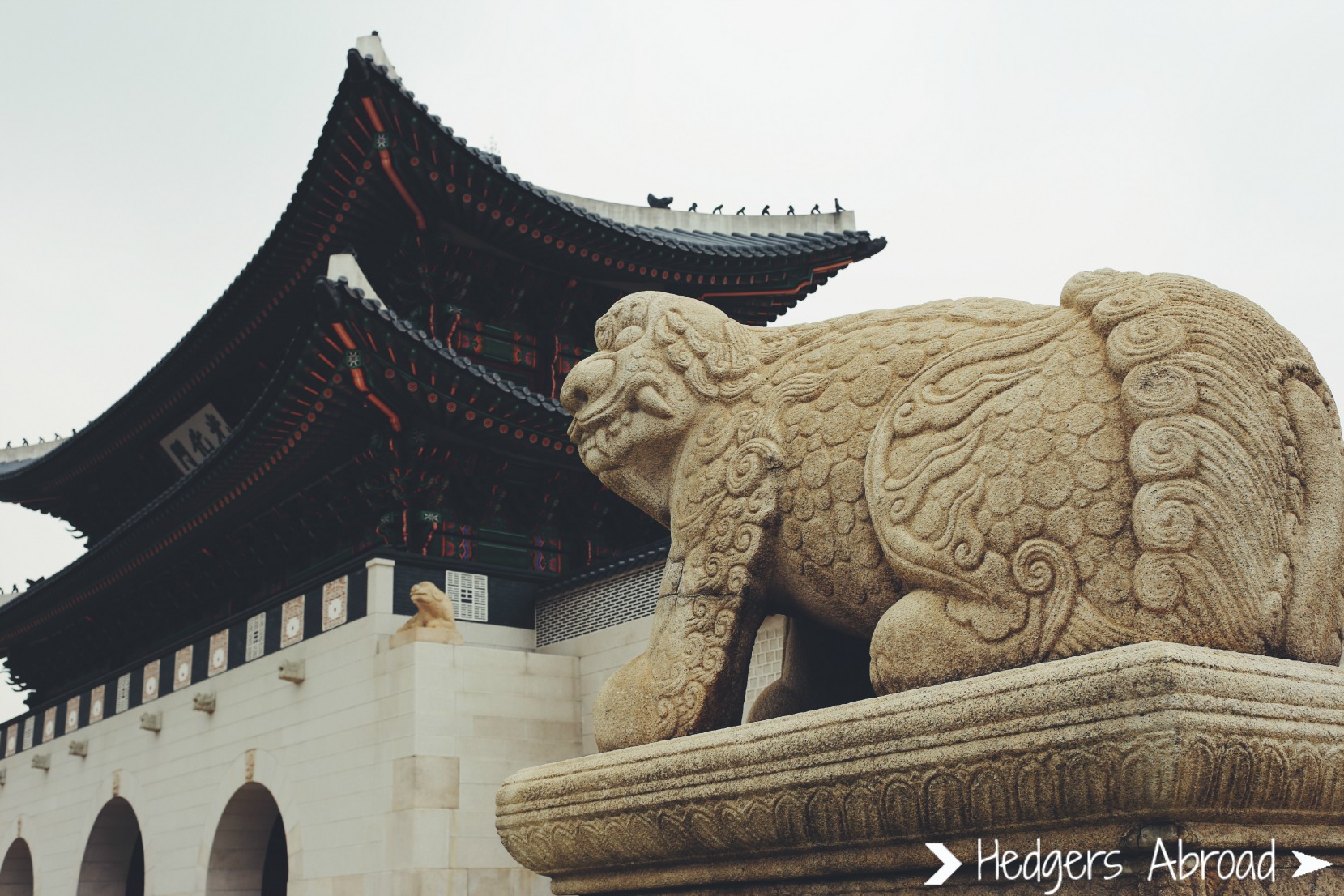

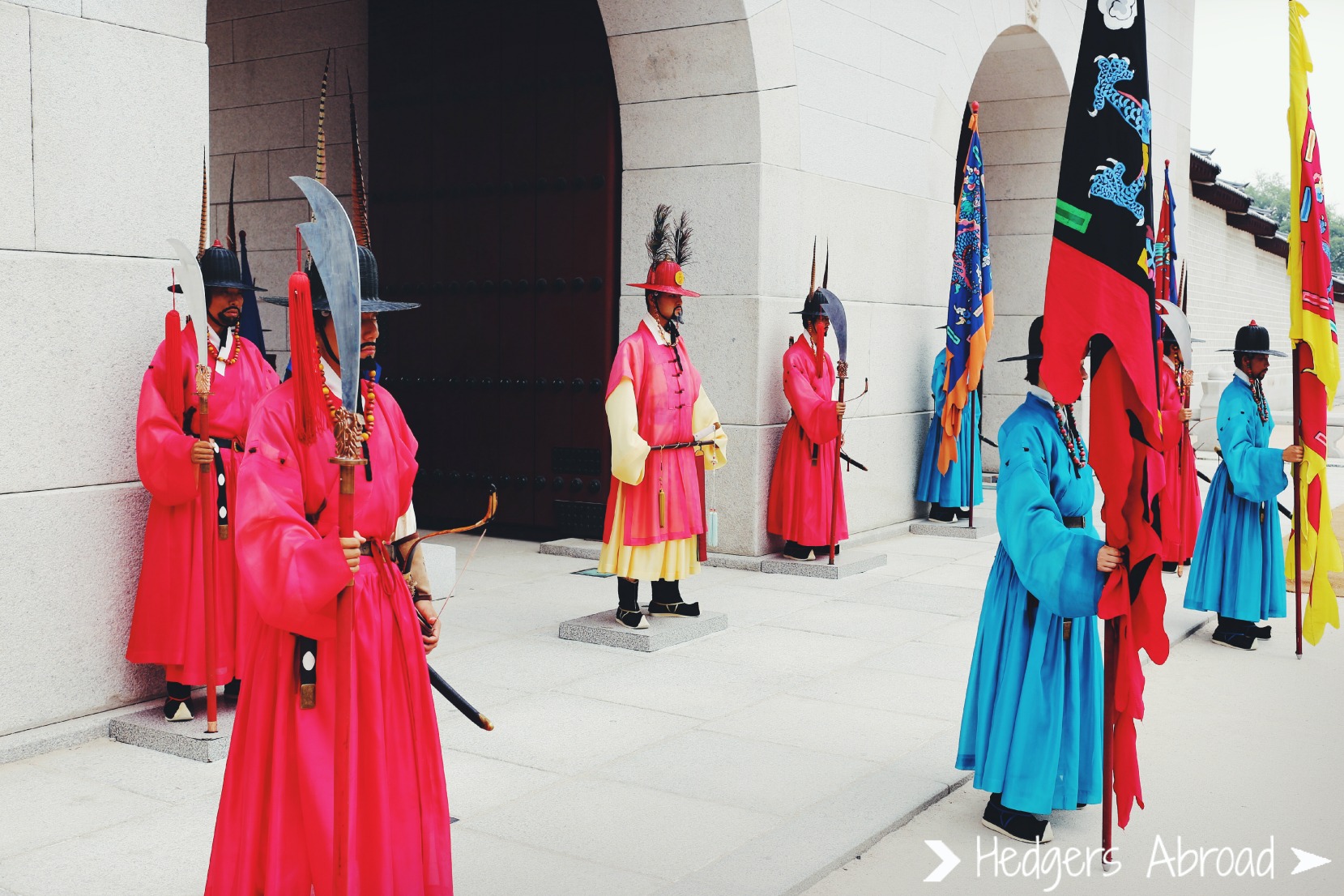
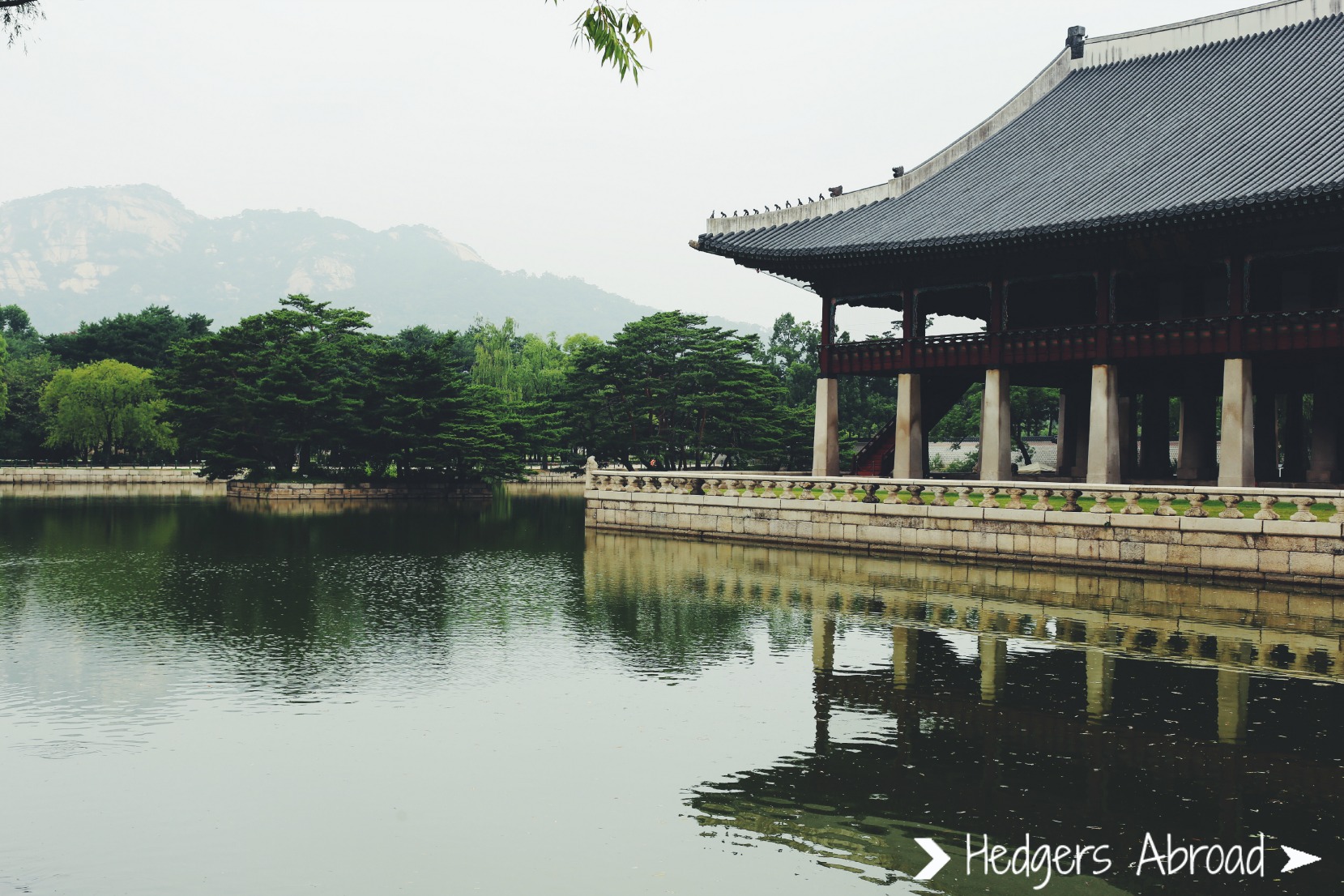
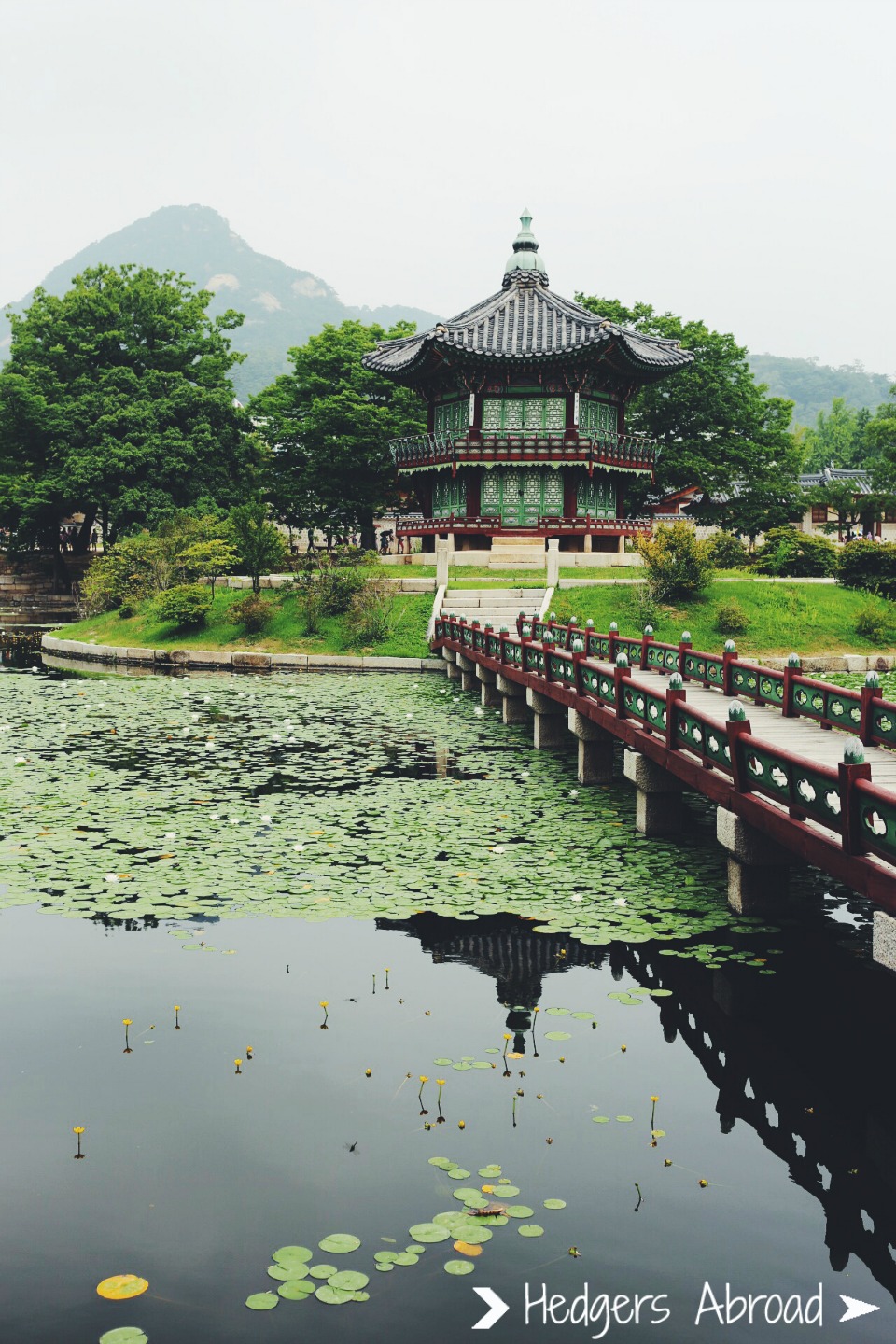

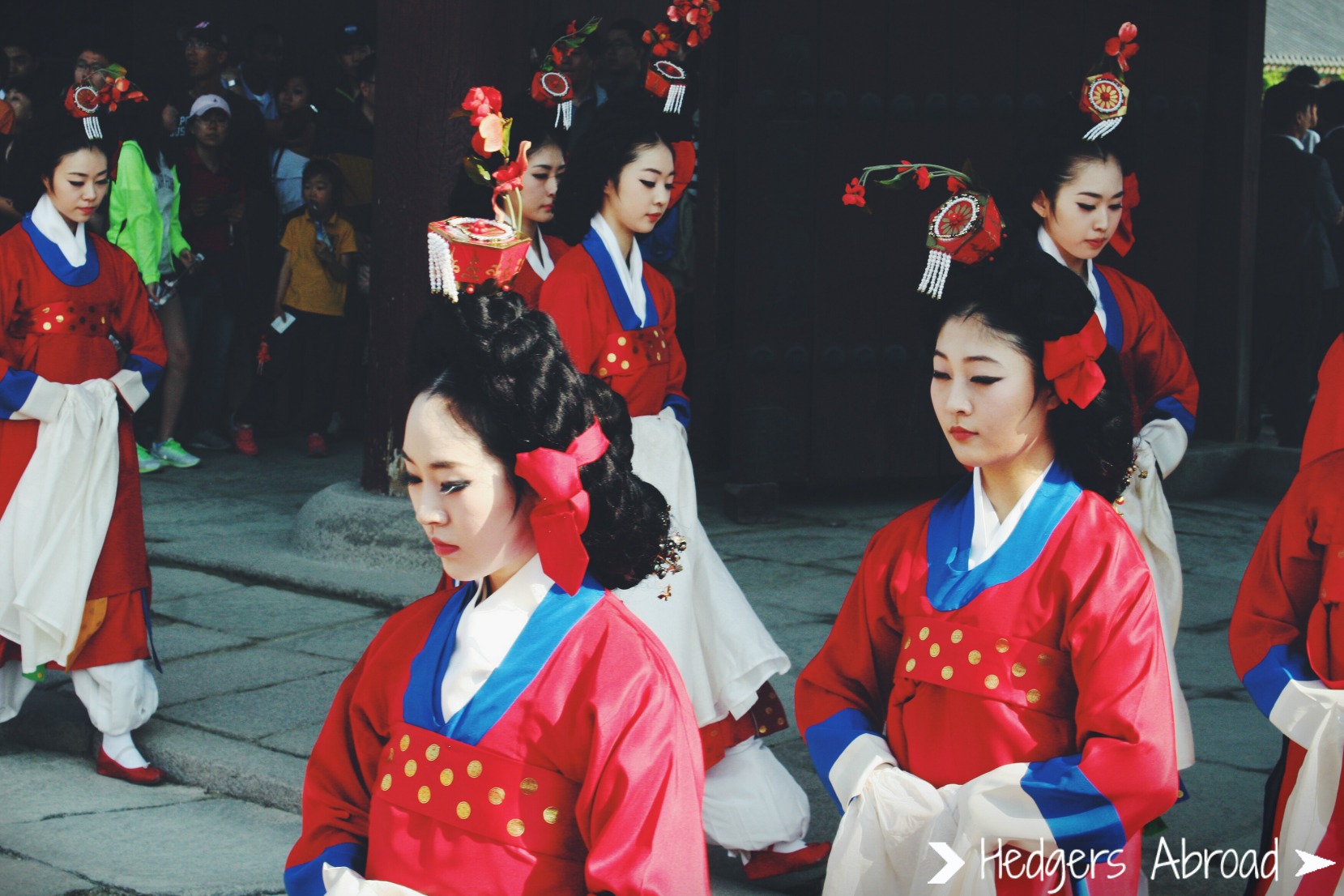
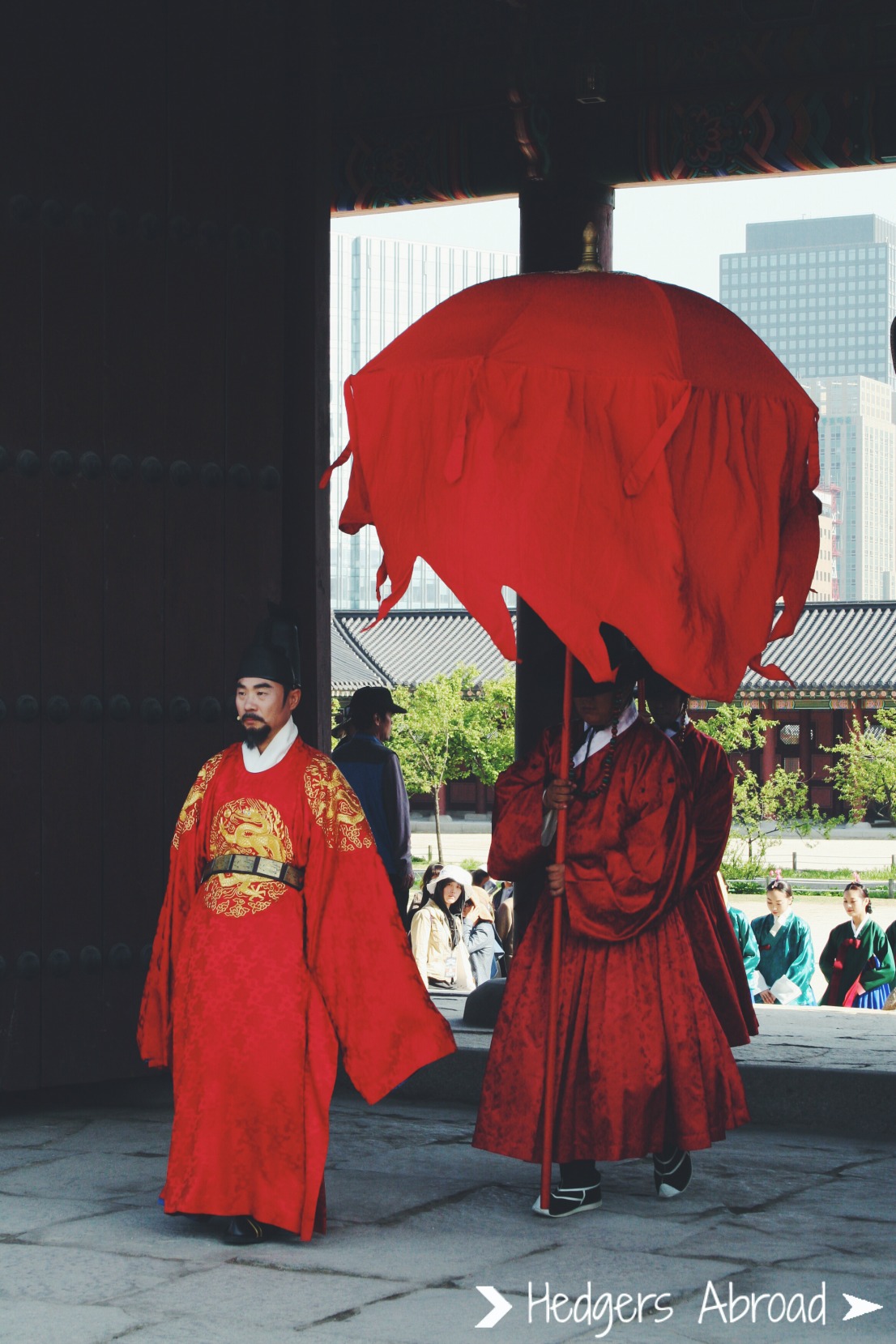
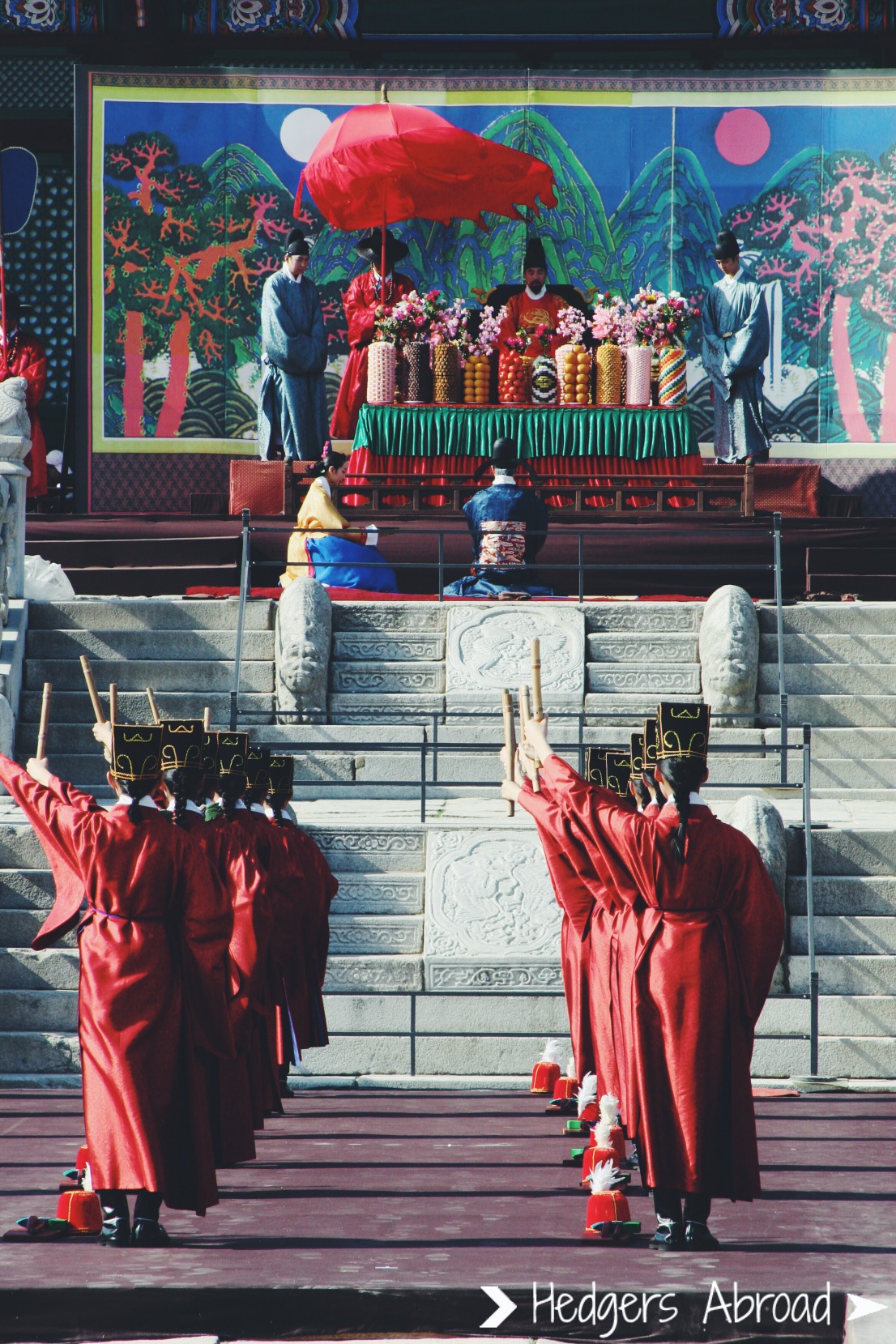


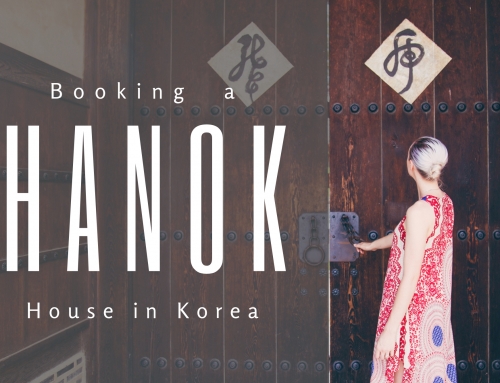

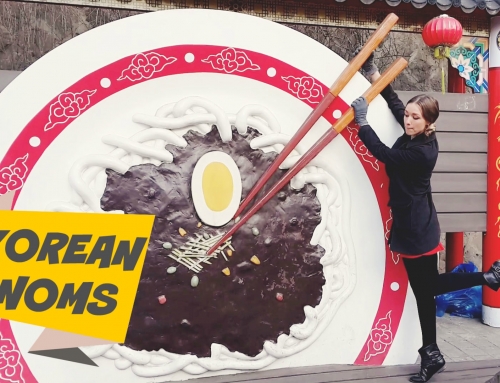


Wow, those shots are amazing. Everytime I’ve tried to get in, it’s either been closed/too cold. Nice post!
Thank you! It’s definitely worth visiting in the warmer months!
[…] Gyeongbokgung-Seoul’s Largest Palace | Hedgers Abroad […]
[…] GYEONGBOKGUNG PALACE […]
[…] Gyeongbokgung Palace – What to Expect […]
[…] Gyeongbokgung Palace – What to Expect […]